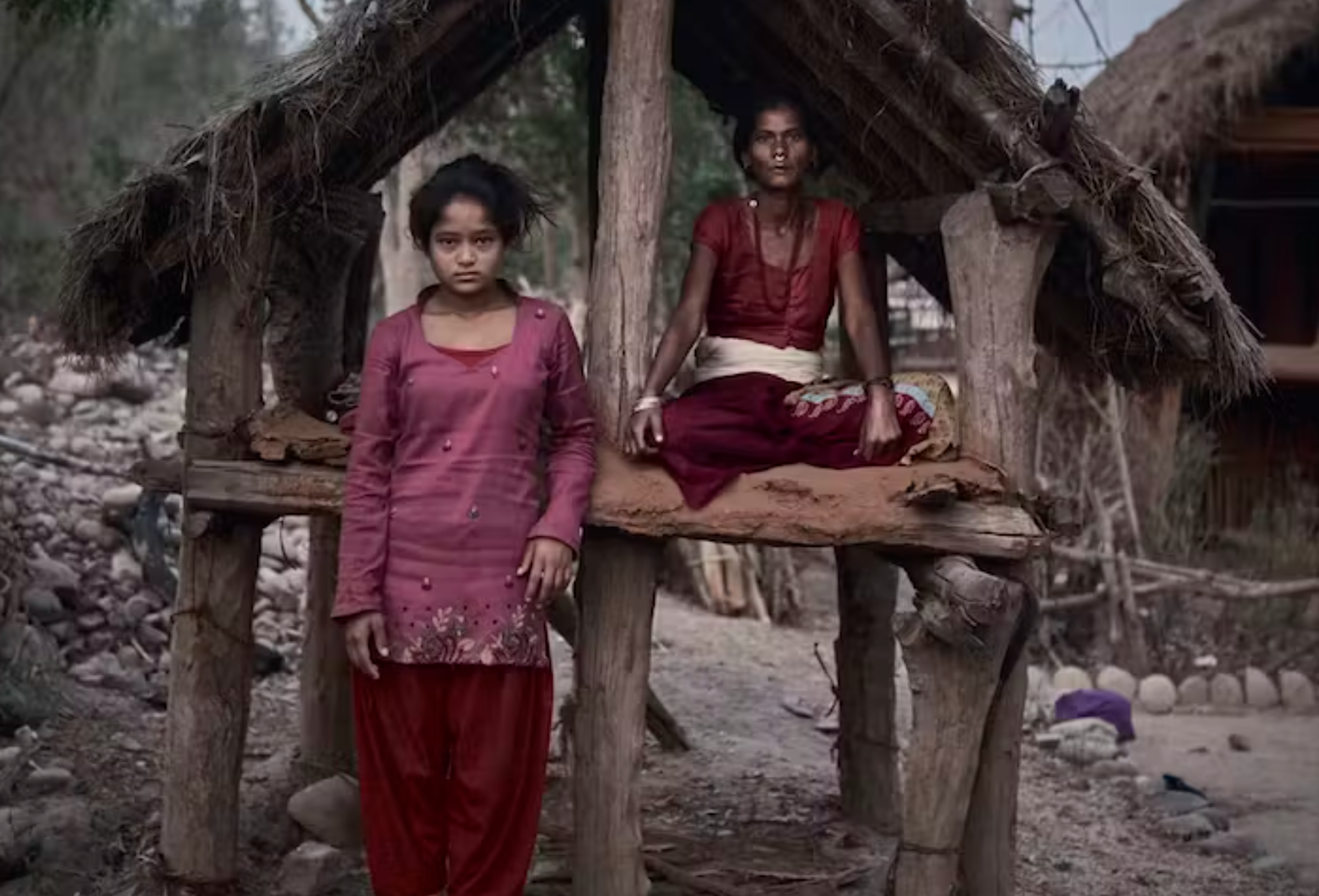What is Chhaupadi – The ‘Period Hut’ Ritual Of Nepal?
A 16-year-old girl from Nepal recently died tragically after being banished to a “period hut” as part of the ancient practice of chhaupadi, which considers women and girls unclean and untouchable during menstruation. The girl reportedly died from a snake bite while sleeping in the hut.
Chhaupadi forces teenage girls to stay alone in these huts during their periods. Despite campaigns against the practice, it persists, with animal attacks and smoke inhalation causing fatalities. Although chhaupadi was outlawed in 2005, implementation remains weak. The tragedy highlights the challenges of eradicating deeply ingrained cultural practices and enforcing legal changes.
GKToday Notes
What is chhaupadi?
Chhaupadi is an ancient practice in Nepal that deems women and girls unclean and untouchable during menstruation. They are forced to stay alone in “period huts” during their menstrual periods, often leading to dangerous situations and fatalities.
What efforts have been made to end chhaupadi?
Campaigns have been launched in Nepal to end chhaupadi, leading to the destruction of thousands of period huts. Despite legal prohibitions against the practice and advocacy efforts, it continues due to deeply ingrained cultural beliefs and challenges in enforcing legal changes.
What are the dangers associated with period huts?
Girls and women staying in period huts have faced dangers such as animal attacks and smoke inhalation from fires in poorly ventilated huts, leading to fatalities.
Why has chhaupadi persisted despite being illegal?
Chhaupadi remains ingrained in cultural practices and beliefs, making it challenging to eradicate. Some regions have seen a regression during the COVID-19 pandemic as people rebuild period huts.
What has hindered the enforcement of laws against chhaupadi?
Despite legal measures and policies, the government’s implementation of laws against chhaupadi has been limited. Cultural factors, lack of awareness, and inadequate enforcement mechanisms contribute to the persistence of the practice.
Month: Current Affairs - August, 2023
Category: International / World Current Affairs


